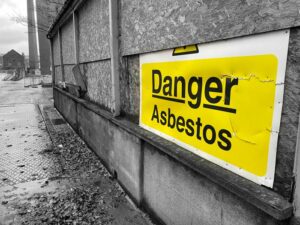People living in areas with higher levels of air pollution are more likely to have eczema, according to a new study published yesterday by Dr. Jeffrey Cohen of the Yale School of Medicine, USA.
Despite the fact that the prevalence of eczema has increased as the planet has industrialised, there has been little research into the relationship between air pollution and eczema, particularly in the USA.
To remedy this, Dr. Jeffrey Cohen set out to determine if such a link existed, specifically focussing on PM2.5 exposure among a 286,862-strong cohort of eczema sufferers, identified via electronic health records in the All of Us Research Program, a National Institutes of Health program that recruits participants from racial, ethnic, sexual, and gender minorities.
It was found that individuals with eczema lived in areas with significantly higher PM2.5 concentrations than individuals without eczema.
Specifically, the research found that an increase of 10 µm/m³ in PM2.5 levels in a specific location is associated with a doubling in eczema rates among people living there.
The authors conclude that it is likely to be the effect of PM2.5 on the immune system that influences the risk of developing eczema.
These findings are described in the report as clinically relevant as well as actionable, observing: ‘The United States Environmental Protection Agency’s Air Quality Index (AQI) is based on differences in PM2.5 concentrations of comparable orders of magnitude.
‘Individuals with eczema may be at elevated risk for disease exacerbation or acute flares when AQI reaches the ‘moderate’ category (12.1–35.4 μg/m³) compared to the ‘good’ category (0–12.0 μg/m³), with risk increasing at even higher AQI.
‘When AQI reaches levels of ‘moderate’ or worse, patients may be advised to stay indoors, filter indoor air, or cover exposed skin outdoors.’
The authors said: ‘Showing that individuals in the United States who are exposed to particulate matter are more likely to have eczema deepens our understanding of the important health implications of ambient air pollution.’
The full research can be read here.
















Leave a Reply